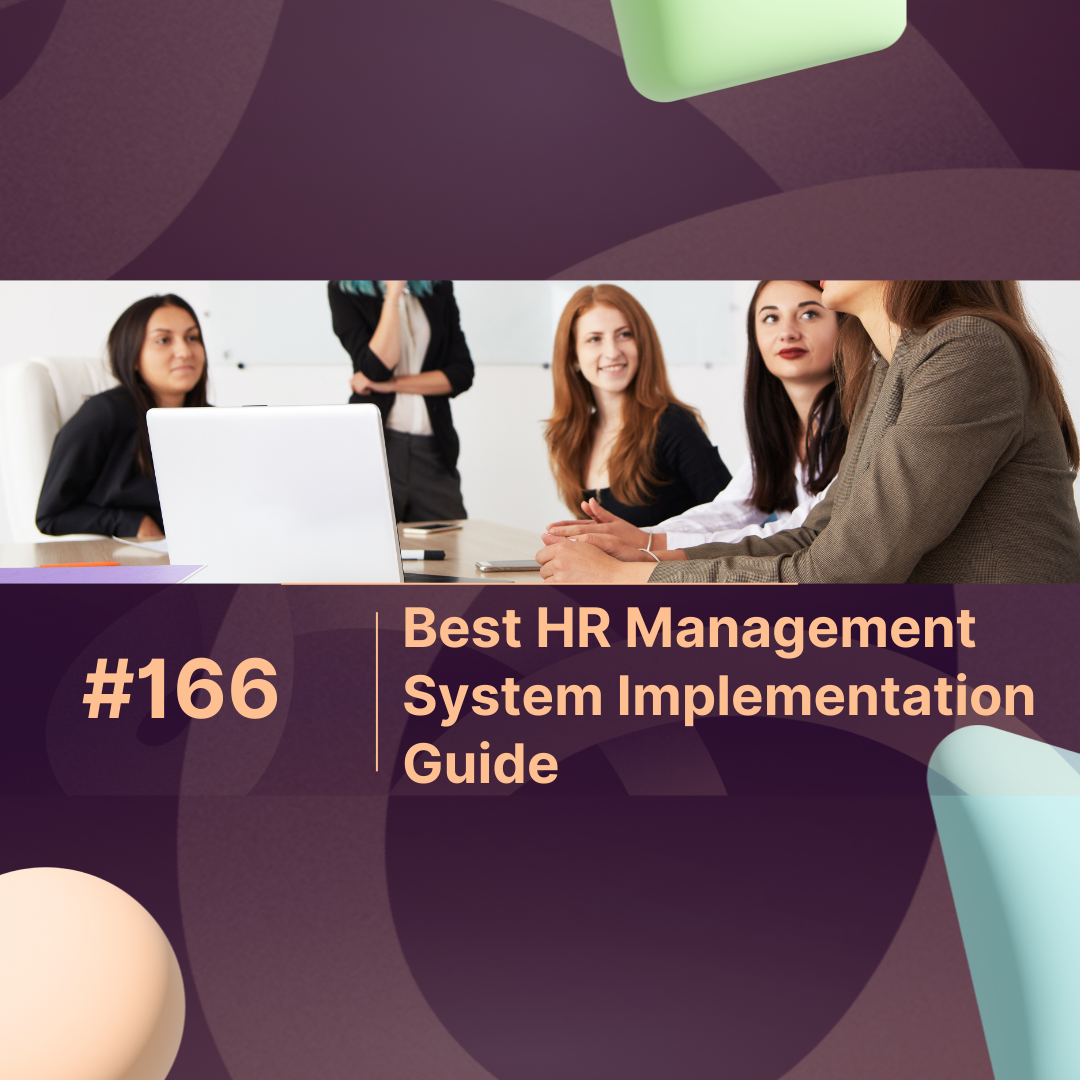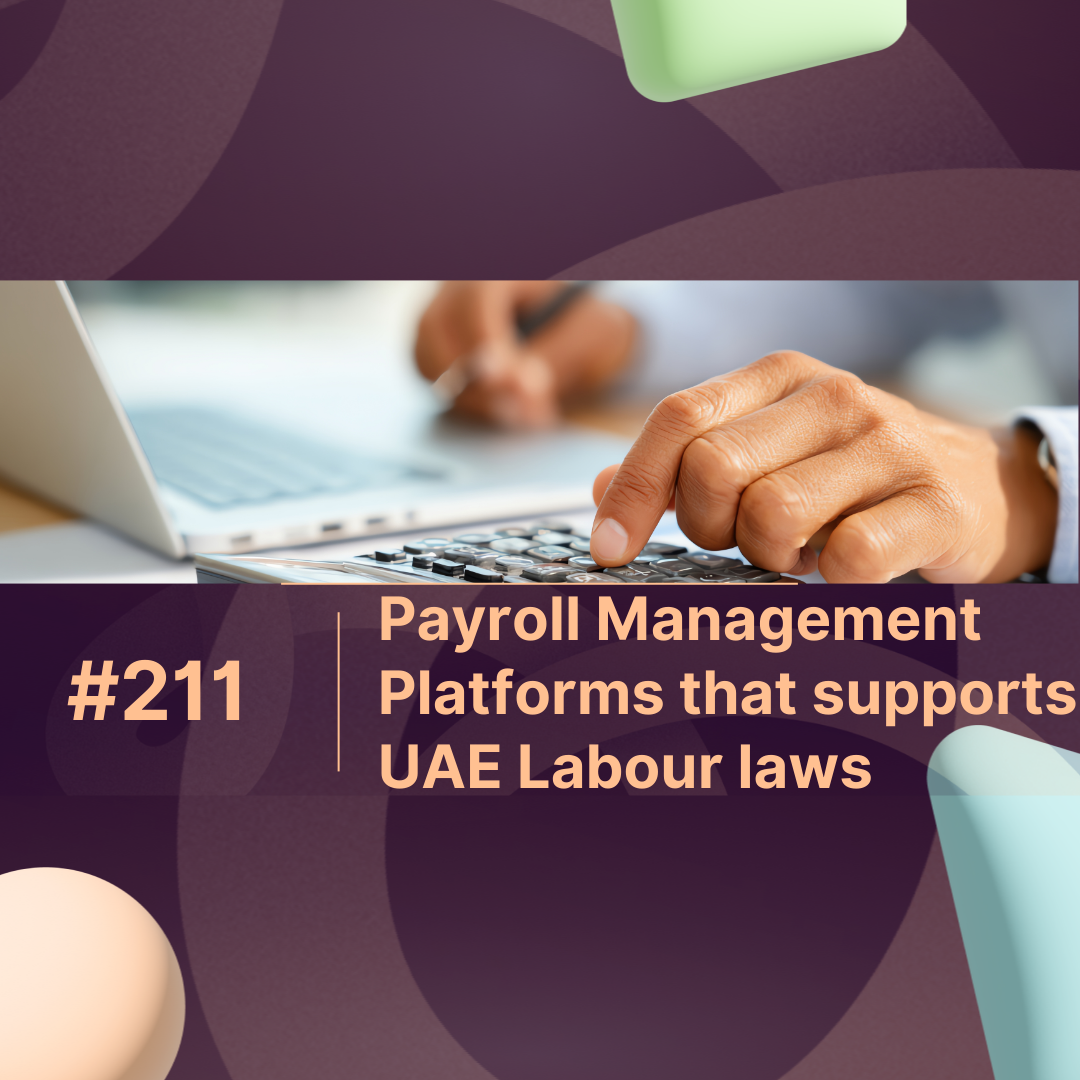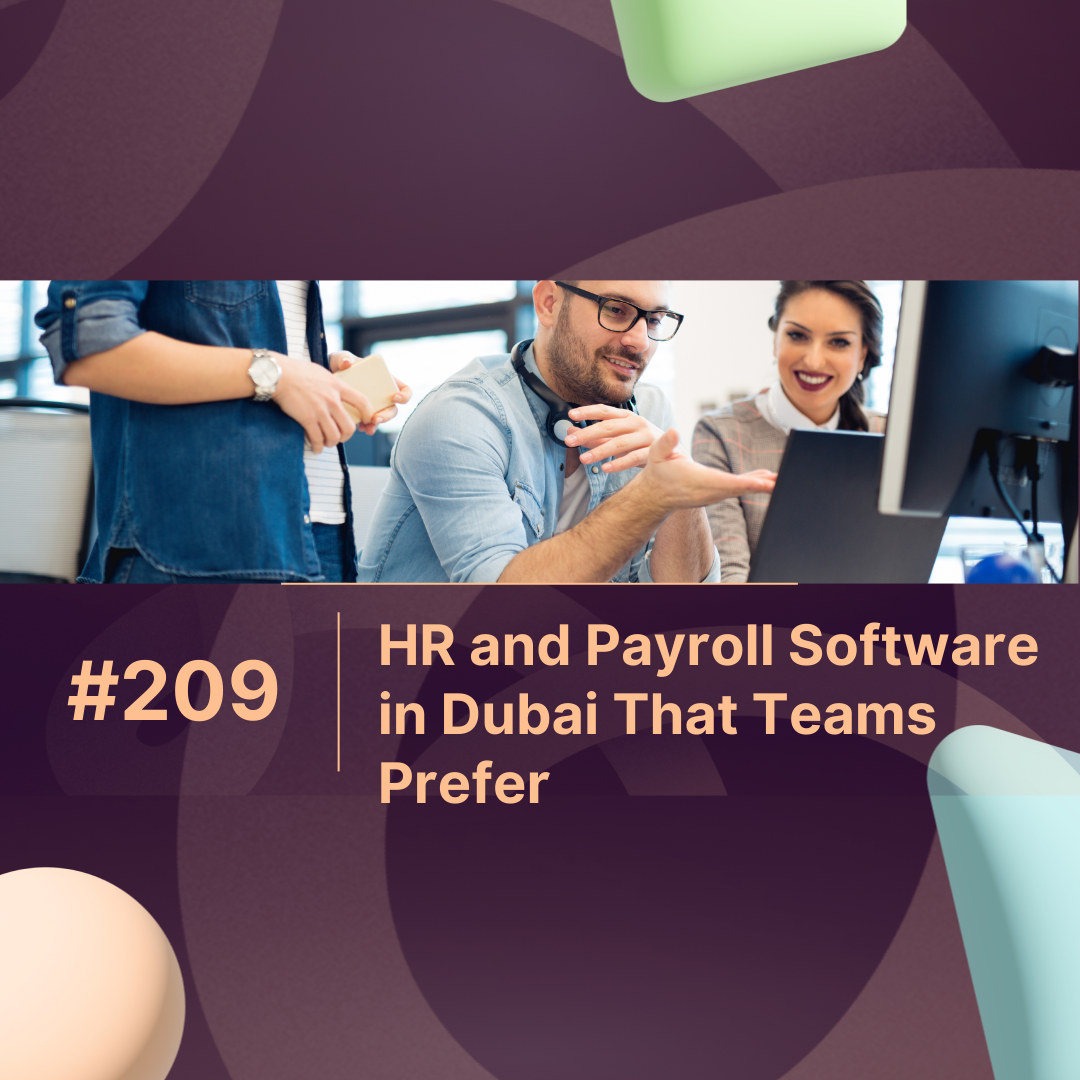Overview
Small and medium-sized enterprises (SMEs) often struggle with HR tasks such as payroll, compliance, performance tracking, and employee engagement. Implementing the best HR management system can transform these challenges into streamlined processes. This guide offers SMEs a step-by-step approach to select, implement, and optimize HR software for long-term success.
What is the Best HR Management System for SMEs?
The best HR management system for SMEs is one that automates core HR tasks—recruitment, payroll, attendance, compliance, and employee engagement—while remaining affordable and scalable. Instead of managing spreadsheets and manual processes, SMEs can adopt modern HR solutions that reduce errors, improve employee satisfaction, and save up to 40% of HR operational time.
Example: Many SMEs use platforms like MaxHR because of its simple setup and cost efficiency, though businesses should always compare alternatives before choosing.
Key Benefits of Implementing an HR Management System
| Benefit | Impact on SMEs | Average Savings (%) |
|---|---|---|
| Automated Payroll & Compliance | Reduces errors, ensures legal accuracy | 25% fewer payroll errors |
| Centralized Employee Data | Eliminates duplicate records | 30% faster data retrieval |
| Performance & Engagement Tools | Boosts retention and morale | 18% higher retention rates |
| Scalability & Cloud Access | Grows with your business needs | 40% IT cost reduction |
| HR Analytics & Reporting | Data-driven decisions | 22% better workforce planning |
Step-by-Step Implementation Guide
1. Define Your HR Needs
Start by listing your HR pain points: payroll complexity, compliance issues, or time-consuming onboarding. SMEs often benefit from a lightweight but powerful solution that handles essentials without enterprise-level costs.
2. Research and Compare Vendors
Use tools like Semrush keyword research to find the best HR management system competitors. Compare pricing, features, and customer reviews. Look for vendors that cater specifically to SMEs.
3. Plan the Rollout
Create a 3–6 month roadmap. Begin with core features like payroll and attendance, then expand to performance reviews and employee engagement.
4. Train Employees and Managers
Adoption is the biggest success factor. Offer short training sessions, quick-start guides, and video tutorials to ensure all staff can use the system comfortably.
5. Monitor and Optimize
Use HR dashboards to track KPIs like employee turnover, payroll accuracy, and compliance checks. Many platforms, such as MaxHR and others, offer built-in analytics that simplify tracking.
Common Mistakes SMEs Should Avoid
-
Skipping Needs Assessment: Choosing based on price alone leads to mismatched tools.
-
Overloading with Features: Stick to must-have functions first.
-
Ignoring Employee Feedback: HR tools succeed only if employees use them daily.
-
Not Updating Data Regularly: Ensure accurate records to get meaningful insights.
Conclusion
For SMEs, selecting and implementing the best HR management system is less about chasing the biggest brand and more about finding a solution that fits your team’s unique needs. A well-implemented system saves costs, reduces compliance risks, and builds a more engaged workforce. Whether you explore options like MaxHR or other SME-friendly platforms, the key is to start small, scale steadily, and always measure results.
FAQs
1. What is the best HR management system for small businesses?
The best system is one that balances affordability, compliance automation, and employee self-service. Cloud-based tools like MaxHR or similar SME-focused platforms are often ideal.
2. How much does HR software cost for SMEs?
On average, SMEs spend $5–$15 per employee per month, depending on features and vendor.
3. Can an HR system improve employee retention?
Yes. Studies show HR systems with performance and engagement features can improve retention by 18% or more.
4. How long does it take to implement an HR management system?
Implementation usually takes 3–6 months, depending on company size and complexity.
5. Is HR software secure for sensitive employee data?
Most modern HR platforms use encryption, role-based access, and compliance certifications (like GDPR and SOC 2) to protect data.



